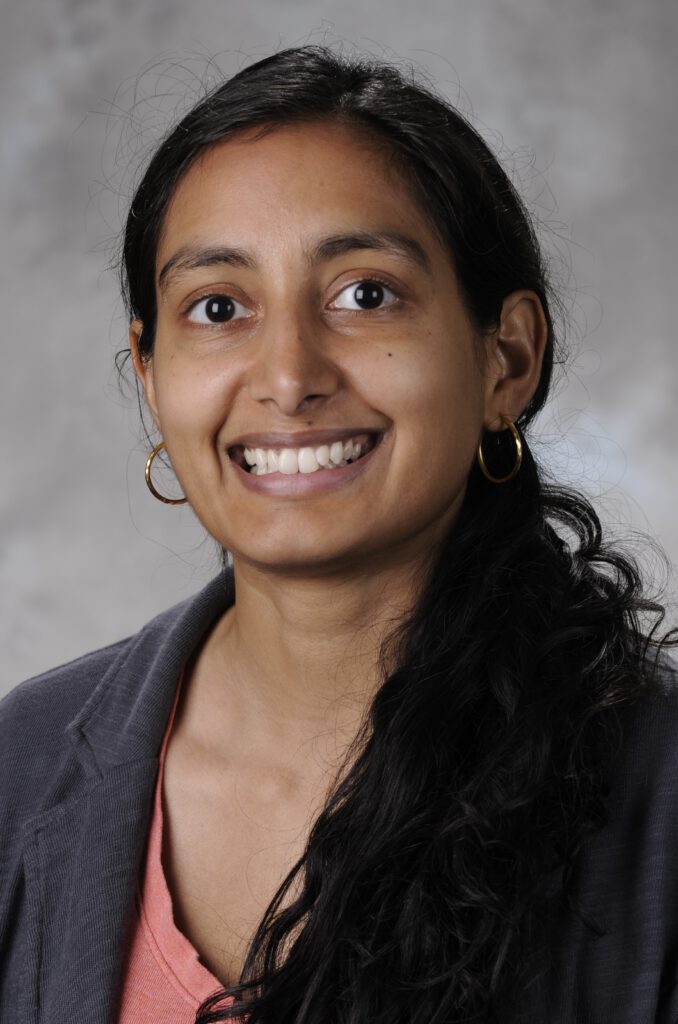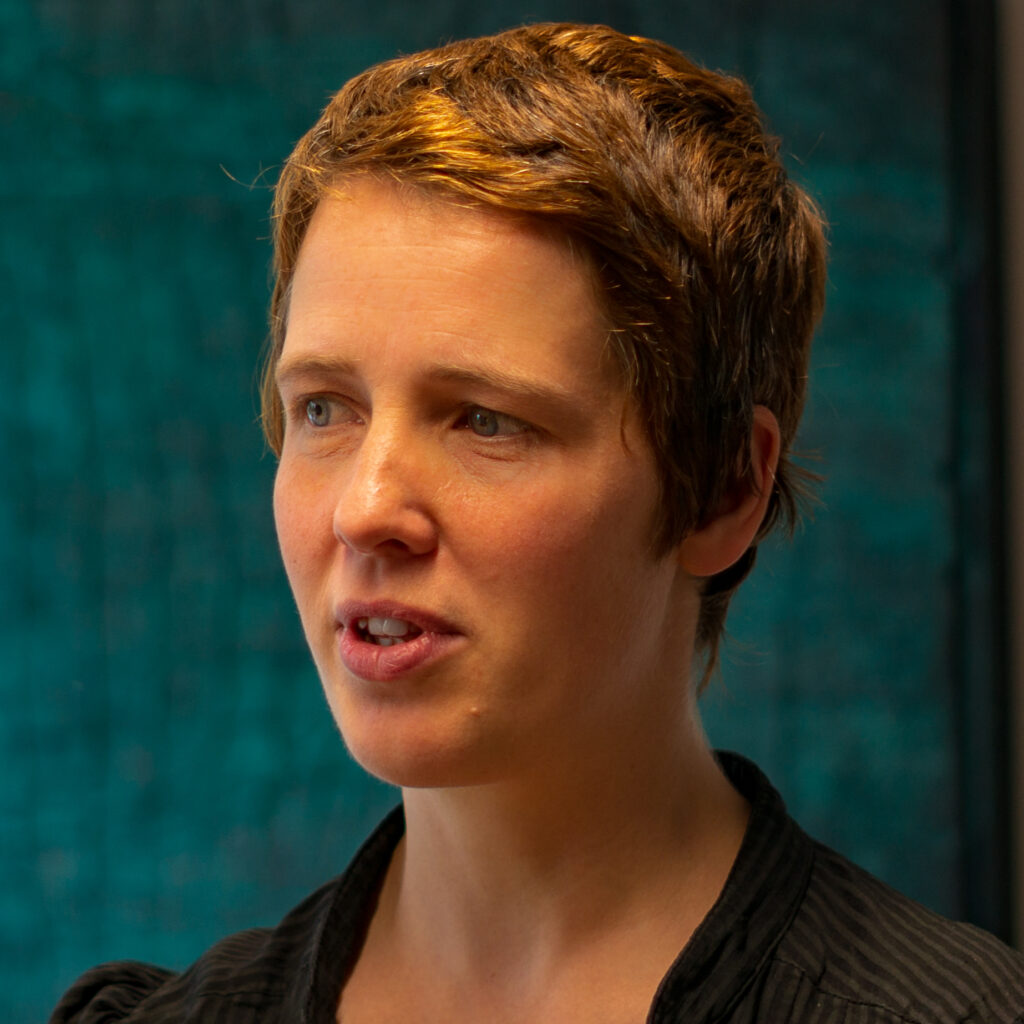Lecturer: Jutta Kretzberg
Fields: Neuroscience
Content
Mechanoreception of pressure applied to the skin is the basis of the most direct perception of space. When the receptive field of a mechanoreceptor is stimulated, it will fire an action potential. The classical idea of space encoding was a labeled line code, with each mechanoreceptor representing a tiny area of skin. Increasing pressure to that point in space is encoded by an increasing action potential frequency.
However: is this the most efficient way of encoding tactile stimuli?
For the tiny nervous system of the leech, which is evolutionary optimized for a minimum number of cells and energy consumption, we found a different strategy: Each point in space on the skin is innervated by two mechanoreceptors with overlapping, spatially extended receptive fields. For each of these cells, the position of the stimulus in the receptive field AND the stimulus intensity influence two response features: the frequency AND the timing of the action potentials. Hence, for each individual cell, the representation of stimulus intensity in space is ambiguous. However, when the responses of only two cells are combined, the combination of stimulus location and intensity is encoded unambiguously in a much larger region than it would be possible with a labeled line code.
Hence, the leech uses the smallest possible system for multiplexing: two cells representing two stimulus properties with two response features.
This is good news not only for computational neuroscientists, who rejoice in a biological system implementing a minimal encoding strategy. Since the mechanoreceptors of leeches and humans share surprising similarities, this finding might also be relevant e.g. for the development of hand prosthesis providing sensory input.
Literature
- Kretzberg J, Pirschel F, Fathiazar E and Hilgen G (2016) Encoding of Tactile Stimuli by Mechanoreceptors and Interneurons of the Medicinal Leech. Front. Physiol. 7:506. doi: 10.3389/fphys.2016.00506
- Pirschel, F., Hilgen, G., Kretzberg, J. (2018) Effects of Touch Location and Intensity on Interneurons of the Leech Local Bend Network. Scientific Reports 8:3046. DOI:10.1038/s41598-018-21272-6
- Pirschel, F., Kretzberg, J. (2016) Multiplexed Population Coding of Stimulus Properties by Leech Mechanosensory Cells. Journal of Neuroscience 36(13):3636 –3647. DOI:10.1523/JNEUROSCI.1753-15.2016
- Saal HP, Bensmaia SJ (2014) Touch is a team effort: interplay of submodalities in cutaneous sensibility. Trends Neurosci 37:689–697. http://dx.doi.org/10.1016/j.tins.2014.08.012
Lecturer
Jutta Kretzberg studied computer science and biology at University of Bielefeld, Germany. In her PhD in biology she modelled neuronal responses in the fly visual system. As a postdoc in San Diego, California, she started to work also experimentally on the leech tactile system. In 2004, Jutta Kretzberg became a Junior Professor at University of Oldenburg, Germany, where she is now professor for computational neuroscience and head of the master’s program neuroscience. As a member of the cluster of excellence Hearing4all and having worked also on the vertebrate retina, her main research interest is neural coding in different sensory systems of vertebrates (including humans) and invertebrates. While juggling her family, teaching, research and administration duties, her favorite task is mentoring.
Affiliation: Oldenburg University, Germany
Homepage: https://uol.de/en/neurosciences/compneuro







